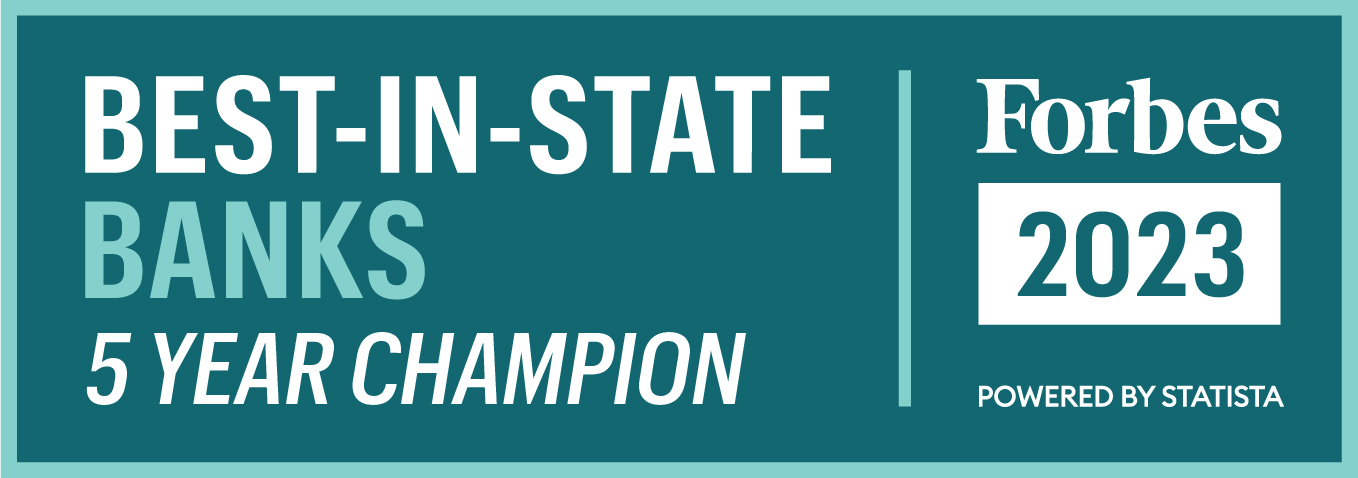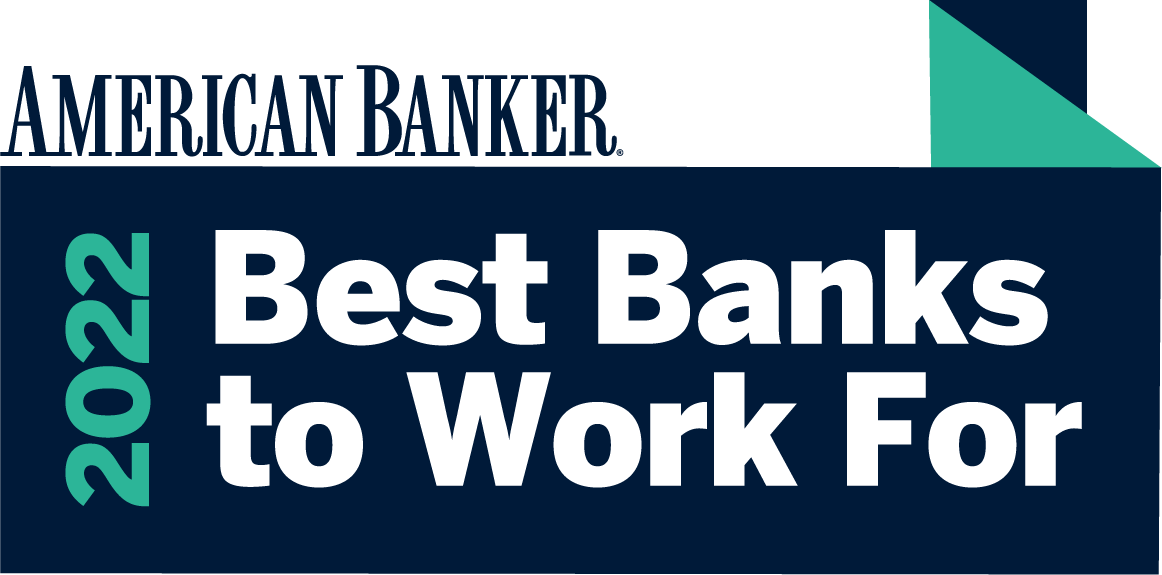In our online world, we can take action in a matter of clicks. From making purchases and paying bills, to monitoring accounts and tracking personal data, we’re presented with many opportunities to streamline tasks and maximize our time each and every day. But, as with any convenience, there are tradeoffs—a significant one being cybersecurity threats.
Speed and simplicity are major perks, but always be mindful that risk is ever-present. It is crucial to be aware of where your information is being sent and who has access to it. As you work to keep your information from landing in the wrong hands, be proactive. Keep these everyday safe practices top of mind.
Skip the Free WiFi
Not a fan of cellular data charges? Understandable. But you’d probably be even less of a fan of the hassles that come with fraud and identity theft. When you’re out and about, it’s best to avoid using a public wireless internet connection to do your banking or shopping. These networks may serve as gateways for cybercriminals to tap into your information. A safer option is to connect to free public networks that still require a password.
Change Up Your Passwords
Memorizing a library of passwords can be a feat in itself, but opting to switch up your passwords annually is a game worth the challenge. Although it’s easy to utilize a go-to password or username, cybercriminals are well aware of this practice. In the event that a single password was stolen, how much would be at risk for unwanted exposure? If that makes you think, now is probably a good time to reevaluate your game plan.
Always Look for Security Signs
Trustworthy companies and organizations that conduct business online use secure websites to ensure all the information that you send through their site is encrypted as it travels. Encrypted information, such as account numbers, names, and addresses will look like gibberish if it’s intercepted. Confirm that the website you are using is verified secure by looking for a padlock security symbol in the address bar of your browser.
Make Monitoring Accounts a Daily Routine
The best way to spot suspicious activity is to be on top of your day-to-day account activity. Just think of the damage that could be done in a matter of hours if your credit card number is stolen. Plus, getting your money back from unauthorized transactions is much easier if caught early.
Guard Your Home Base
Secure your Wi-Fi network (you don’t owe your neighbors that convenience) and don’t pass out your password like it’s Halloween candy. Be sure to turn on all security settings built into your devices, and password-protect files with sensitive personal or account data. Additionally, always ensure firewalls and virus-detection software is up-to-date.
While these precautions reduce your risk, they unfortunately cannot guarantee your security. If you are a victim of a cybersecurity threat, be sure to take action immediately. Anytime you suspect or detect that your financial information has been compromised, report it to your bank as soon as you can. You’ll also want to call your local police department and obtain a copy of the police report, which will make it easier to prove your claim to creditors and retailers.
Although it does take common sense and awareness, it doesn’t have to be difficult to make smart choices every day for the well-being of your security. We understand the need to protect your identity online has become increasingly important and have resources available for assistance. Lakeland Bank offers ID Theft Monitoring and an ID ProtectALL® Package with our Elite Checking account. You can also find more tips to help protect your personal information on our Simply Speaking blog. If you have questions, you can reach our Customer Contact Center at 866-224-1379.




